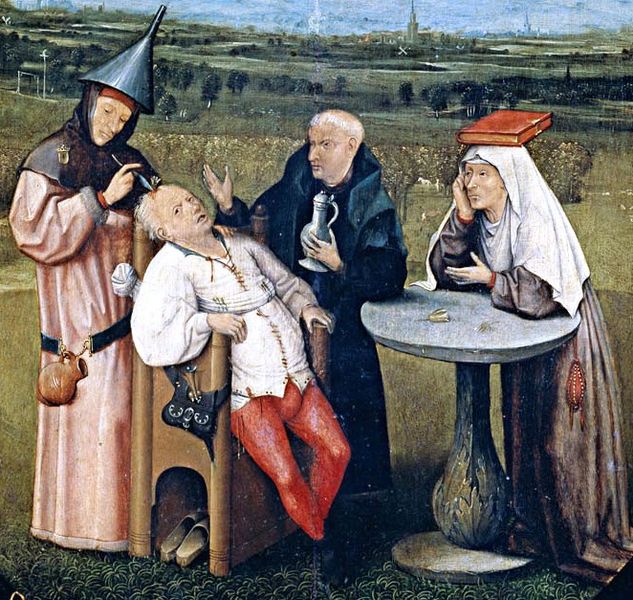In the New Testament of the Bible, there is a scene where Jesus resurrects a man by the name of Lazarus back four days after his death. This “miracle” is of course a fictitious event, but nonetheless, the name Lazarus has come to symbolise resurrection after death. For example, there are two actual medical conditions named after Lazarus, both related to death.
The first is called Lazarus phenomenon, where a person who is declared to be clinically dead spontaneously returns to life. This is an extremely rare event that has only been recorded in about 30 cases. In most of these cases, the patients had suffered a cardiac arrest, with all attempts at resuscitation (e.g. CPR, adrenaline) had failed. Sometime after the person was declared clinically dead (usually around 5~10 minutes), the person’s circulatory system would suddenly start on its own and the person would be “resurrected” (quite literally). In one case, a 61 year-old woman was declared officially dead after her heart stopped and her vitals did not return after continuous resuscitation. At the morgue, however, she was found to have a pulse and breathing on her own. She later sued the hospital for the neurological and physical injury caused by oxygen deprivation during her death. There is even a case report of a patient who returned to life two and a half hours after dying (although he died again 3 weeks later).
Of course, the Lazarus phenomenon is not a miracle. In most cases, it is hypothesised that when resuscitation is attempted then stopped, there is a rare chance of the relieving of pressure causing blood to fill the heart, causing a sudden expansion and kickstarting the electrical circuit. Other factors that may influence this is hyperkalaemia resulting from ischaemia and high doses of adrenaline given to the patient during resuscitation having a delayed effect.
Because of this rare “complication” of death, doctors are advised to observe the patient for about 10 minutes after declaring them dead. Just in case.
The second is called Lazarus sign and it occurs not in dead patients, but brain-dead patients. Brain-dead patients are immobile as their higher functions such as cognition and motor functions are destroyed. However, there are rare cases where the brainstem is somehow stimulated, triggering a reflex arc from the spinal cord. This reflex is seen as the patient suddenly raising their arms and dropping them on their chest in a crossed position, much like Egyptian mummies. As the spinal cord is not usually damaged in brain-dead patients, this reflex arc is possible, similar to a knee jerk reflex. The Lazarus sign should not be misinterpreted as a sign that a brain-dead patient is conscious, as it is an involuntary movement. However, it has been mistaken for the resuscitation of a patient, or in some cases, as a miracle.











